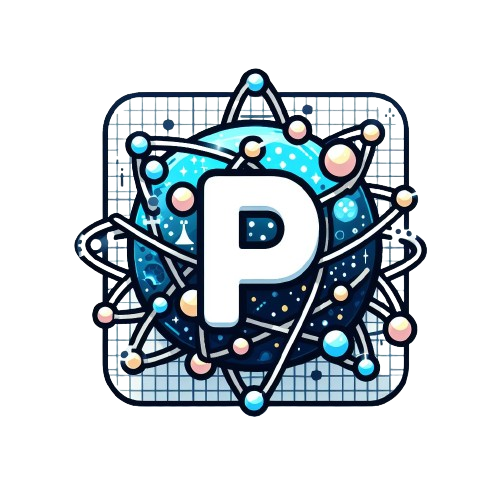Setup Temporal
First of all, you should setup Temporal.
Temporal on local machine
Please follow the offical guide: Set up a local development environment for Temporal and TypeScript or use docker compose file from PURISTA examples.
Install dependencies
To interact with temporal, we will need some dependencies in our project.
npm install @temporalio/client @temporalio/worker @temporalio/workflow @temporalio/activityThe package @temporalio/client will be used by your PURISTA application.
The other 3 packages @temporalio/worker, @temporalio/workflow and @temporalio/activity are needed at the Temporal worker side.
Requirements
In this example, it is expected that you are using the default config with tsx and esm.
Add s shortcut to package.json.
{
"scripts": {
...
"dev:worker": "tsx watch src/temporal/worker.ts workflow.watch",
...
}
}Add to your code
As soon as you have a Temporal instance running, you can start adding some code.
In this example, we will put everything which is running in Temporal in the sub folder src/temporal.
Please create a project structure like this:
|- src
|- config
| |- temporalConfig.js
|
|- temporal
|- worker.ts
|- activities
| |- index.ts
|
|- workflows
|- index.tsConfig
Because we will need some the configuration on both side - worker and PURISTA application, we will create a shared config file in src/config/temporalConfig.ts.
const temporalConfig = {
taskQueue: 'default-task-queue',
namespace: 'default',
connect: {
address: 'localhost:7233',
},
}
export default temporalConfigActivities
As we do not have any activities yet, we will simply create the file src/temporal/activities/index.ts with following content:
export default {}Workflows
We will create an example workflow onboardingWorkflow. To do so, we create a file src/temporal/workflows/onboardingWorkflow.ts with content of:
import { proxyActivities } from '@temporalio/workflow'
import type { ActivitiesType } from '../worker.js'
const { } = proxyActivities<ActivitiesType>({
startToCloseTimeout: '1 minute',
})
export async function onboardingWorkflow(input: unknown): Promise<void> {
}Do not forget to add the workflow to the src/temporal/workflows/index.ts file.
export * from './onboardingWorkflow.js'Worker
We need a worker in Temporal. The worker is responsible for executing the workflows.
Create a file src/temporal/worker.ts with following content:
import { fileURLToPath } from 'node:url'
import { Context } from '@temporalio/activity'
import { NativeConnection, Worker } from '@temporalio/worker'
import temporalConfig from '../config/temporalConfig.js'
import * as activities from './activities/index.js'
export type ActivitiesType = typeof activities
async function run() {
// Step 1: Establish a connection with Temporal server.
//
// Worker code uses `@temporalio/worker.NativeConnection`.
// (But in your application code it's `@temporalio/client.Connection`.)
const connection = await NativeConnection.connect(temporalConfig.connect)
// Step 2: Register Workflows and Activities with the Worker.
const worker = await Worker.create({
connection,
namespace: temporalConfig.namespace,
taskQueue: temporalConfig.taskQueue,
// Workflows are registered using a path as they run in a separate JS context.
workflowsPath: fileURLToPath(new URL('./workflows', import.meta.url)),
activities: {
...activities,
},
})
// Step 3: Start accepting tasks on the `default-task-queue` queue
//
// The worker runs until it encounters an unexpected error or the process receives a shutdown signal registered on
// the SDK Runtime object.
//
// By default, worker logs are written via the Runtime logger to STDERR at INFO level.
//
// See https://typescript.temporal.io/api/classes/worker.Runtime#install to customize these defaults.
await worker.run()
}
run().catch((err) => {
console.error(err)
process.exit(1)
})Run the worker
Ensure your Temporal instance is running.
If everything is set correctly, you should be able to start the worker and the worker connects to the Temporal instance.
npm run dev:workerAt this point, we have some Temporal environment up and running, but, nothings happens. There is no one who will trigger our workflow.
We need to connect our PURISTA application to Temporal, to be able to start our workflow.
